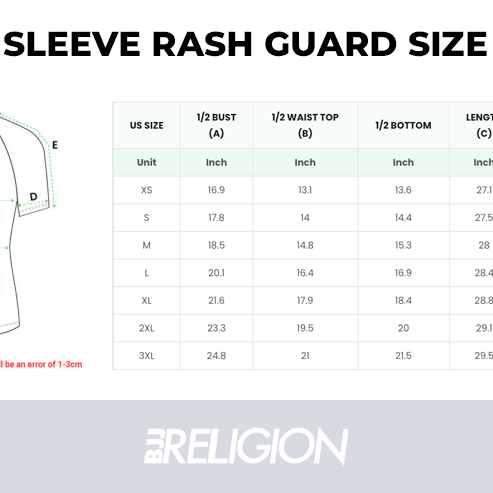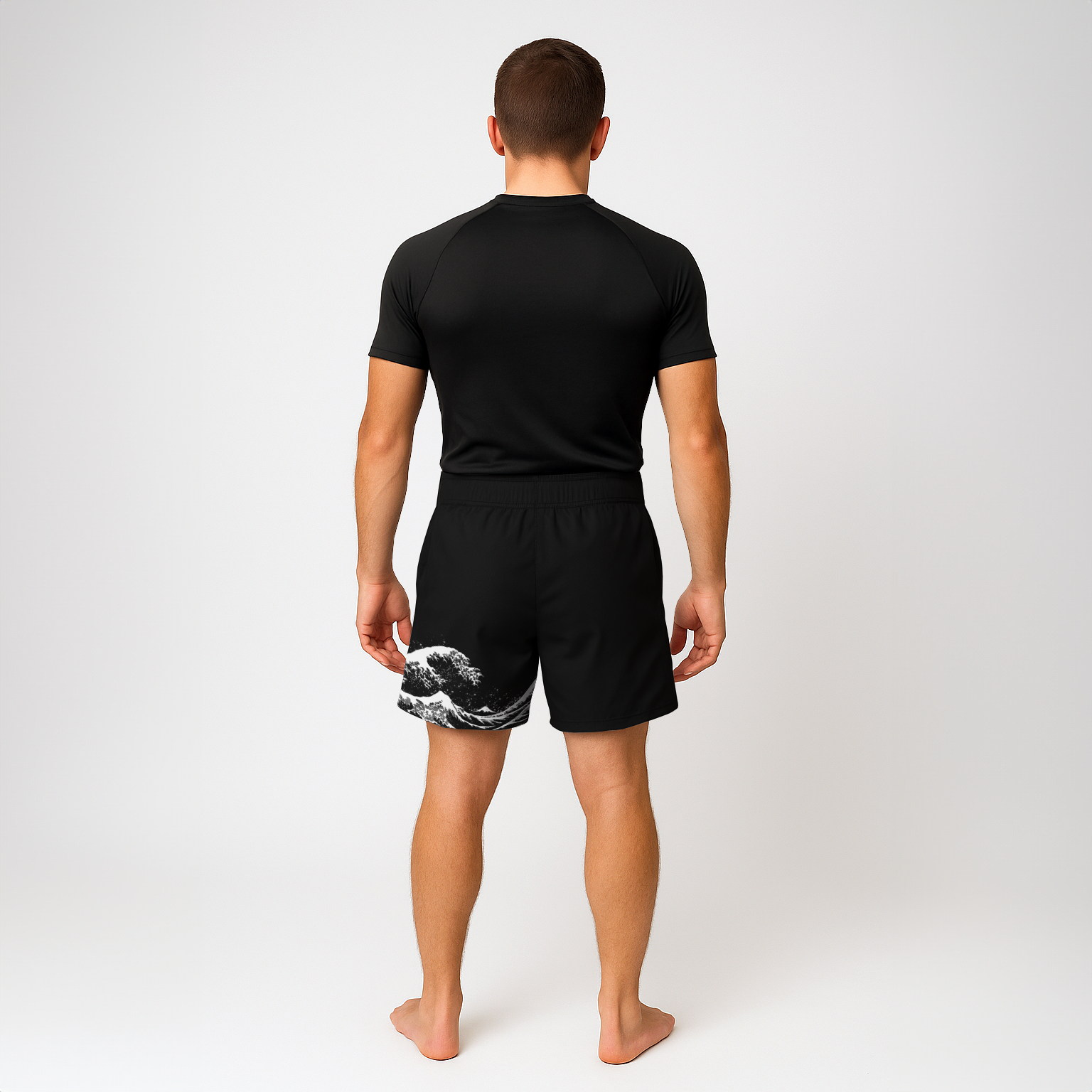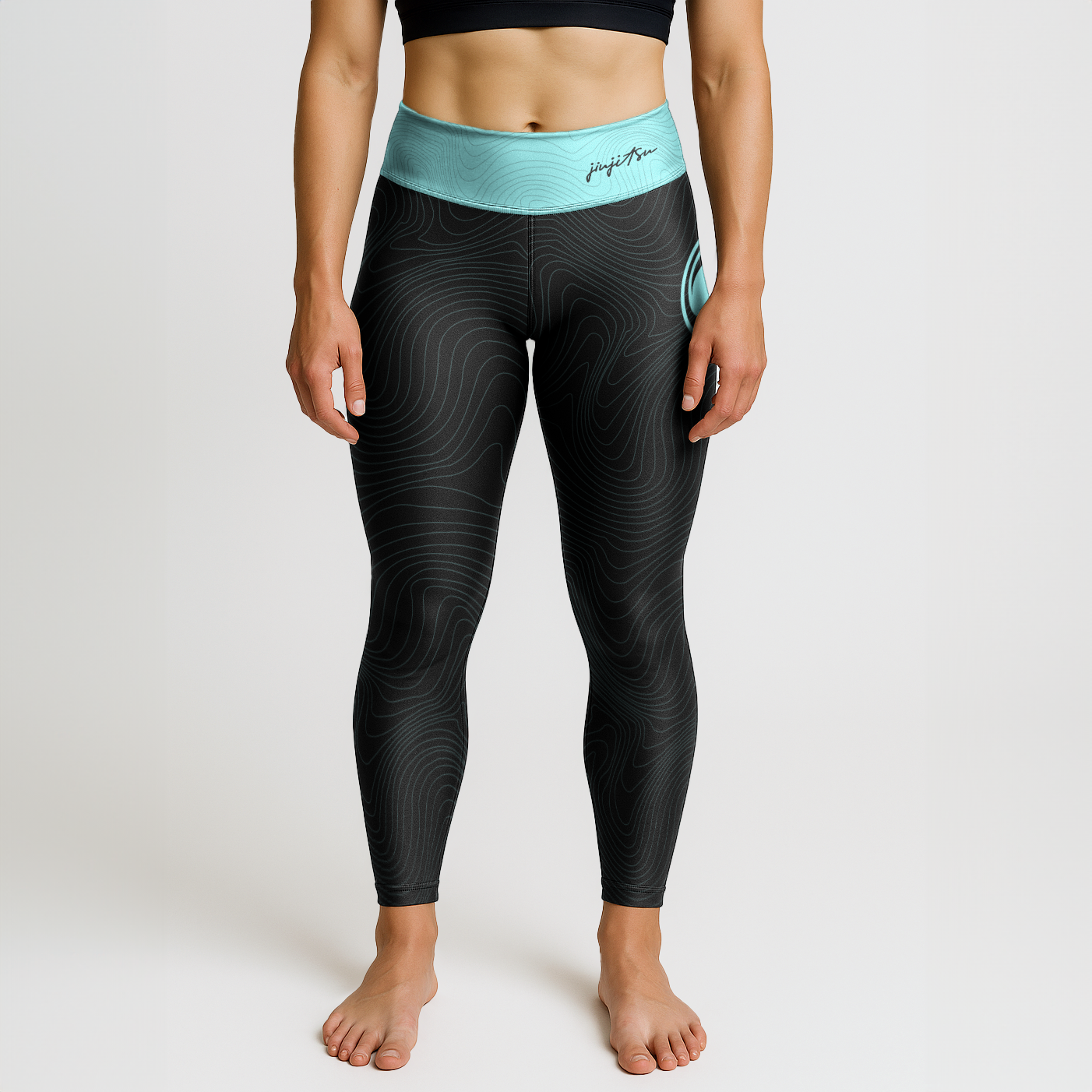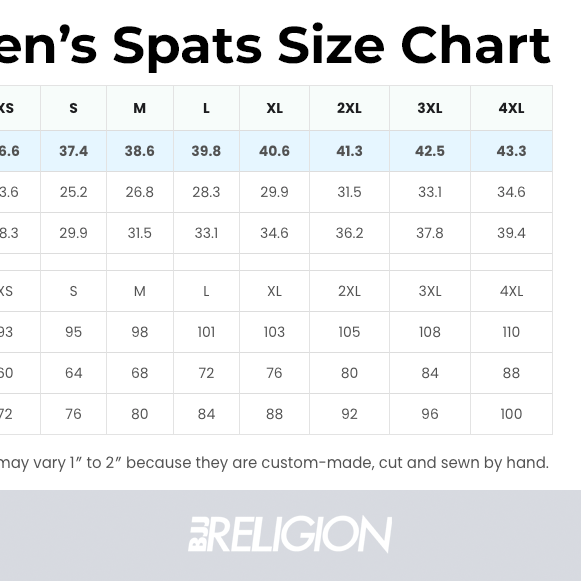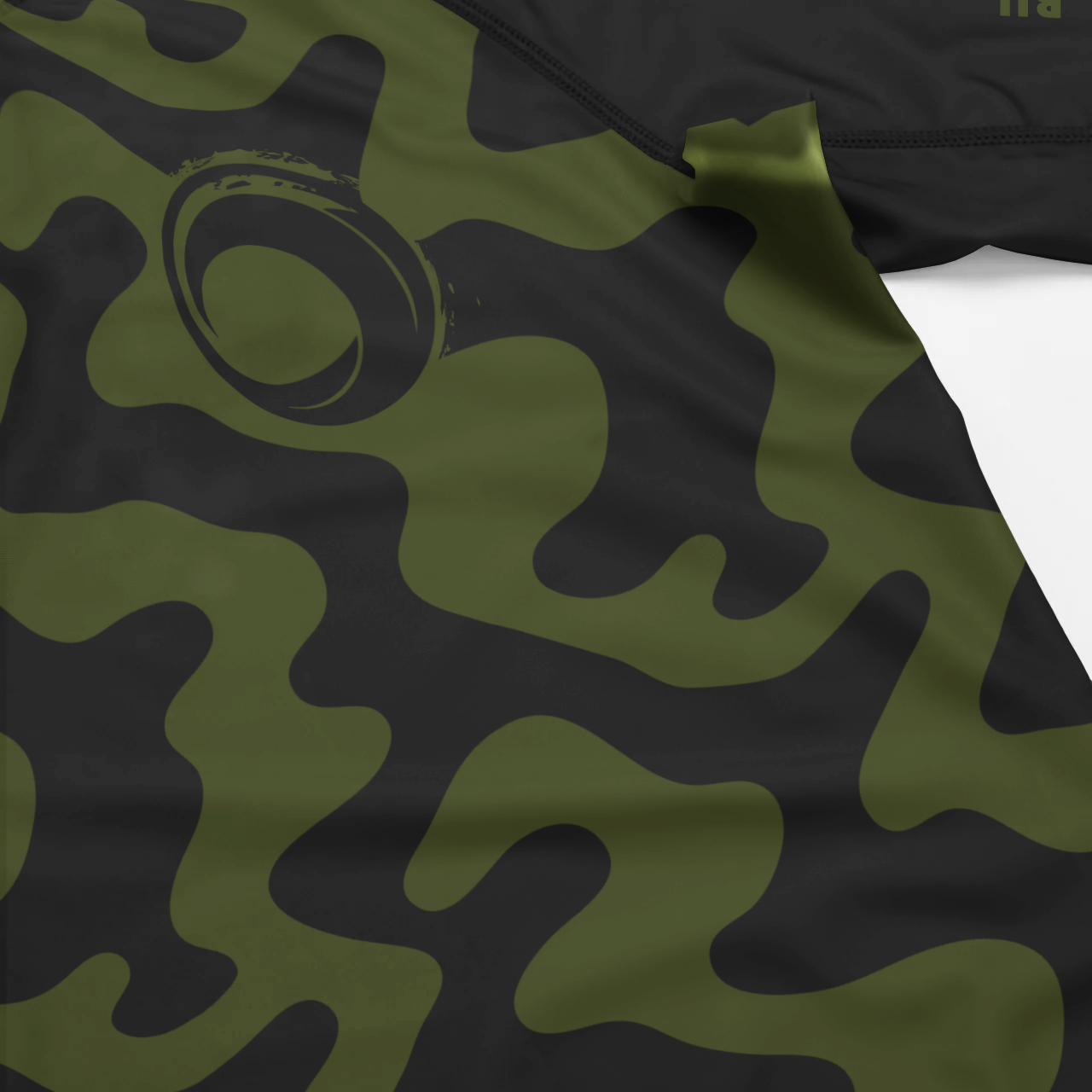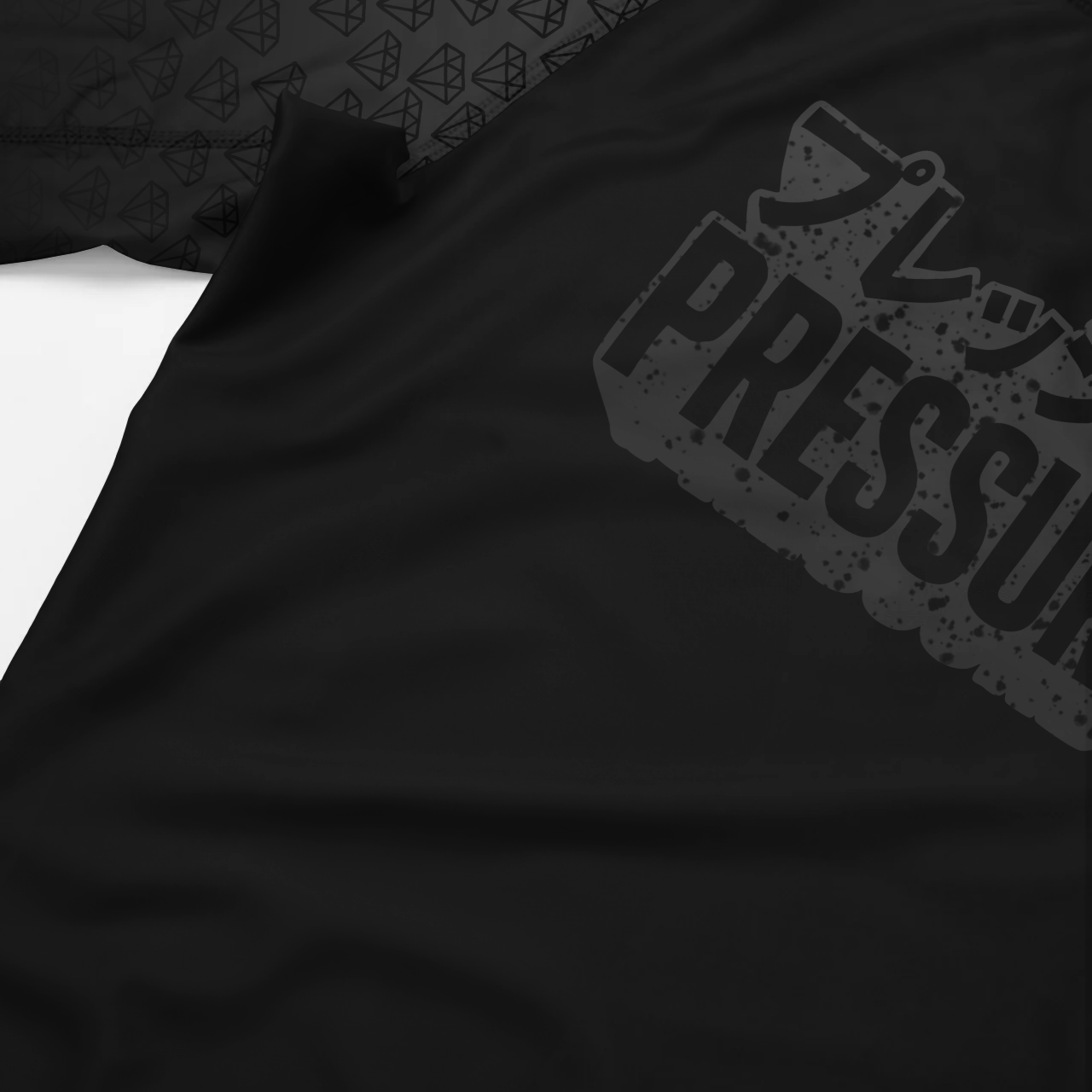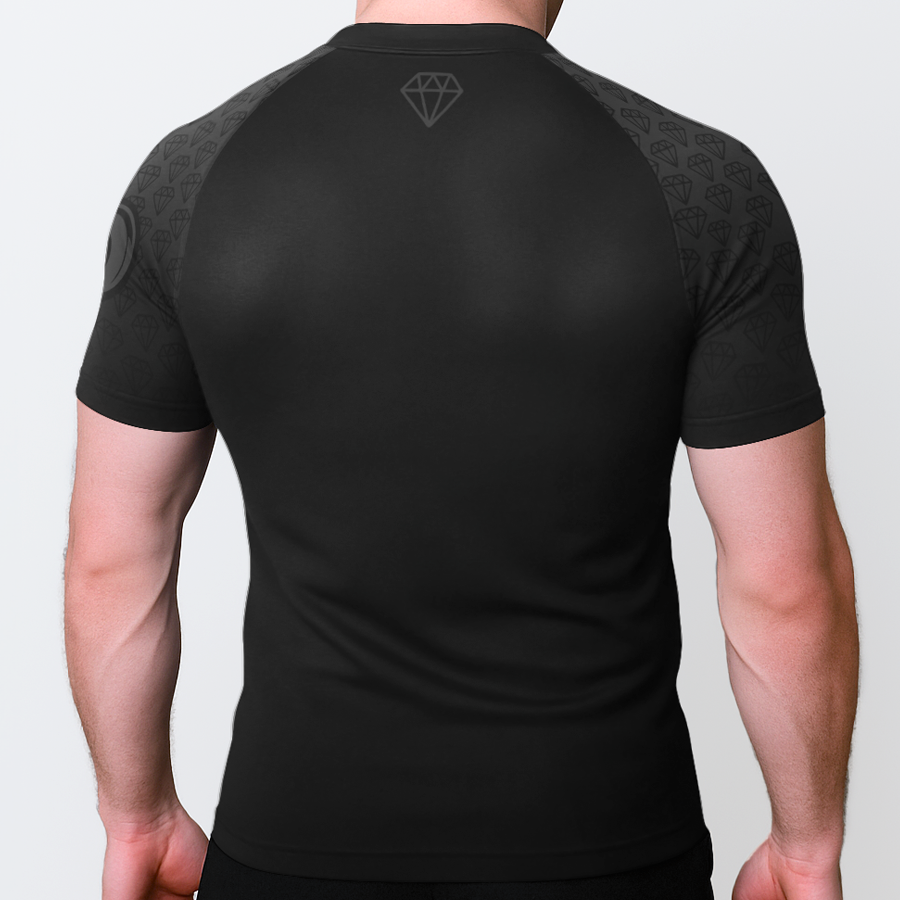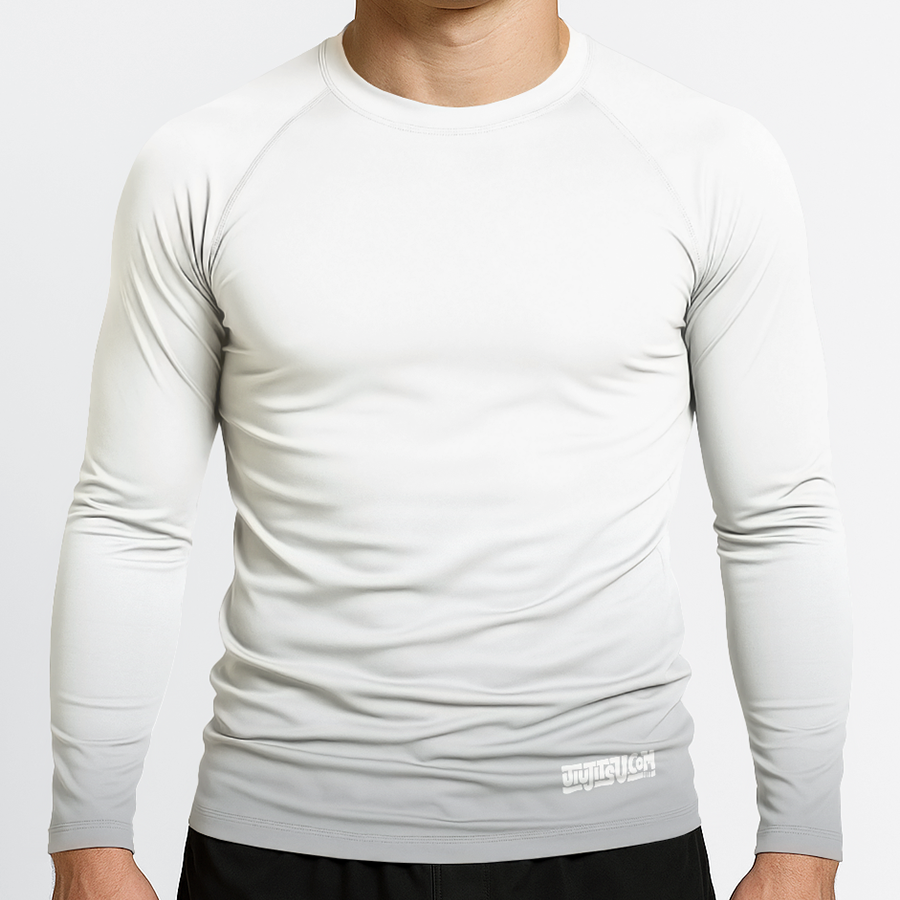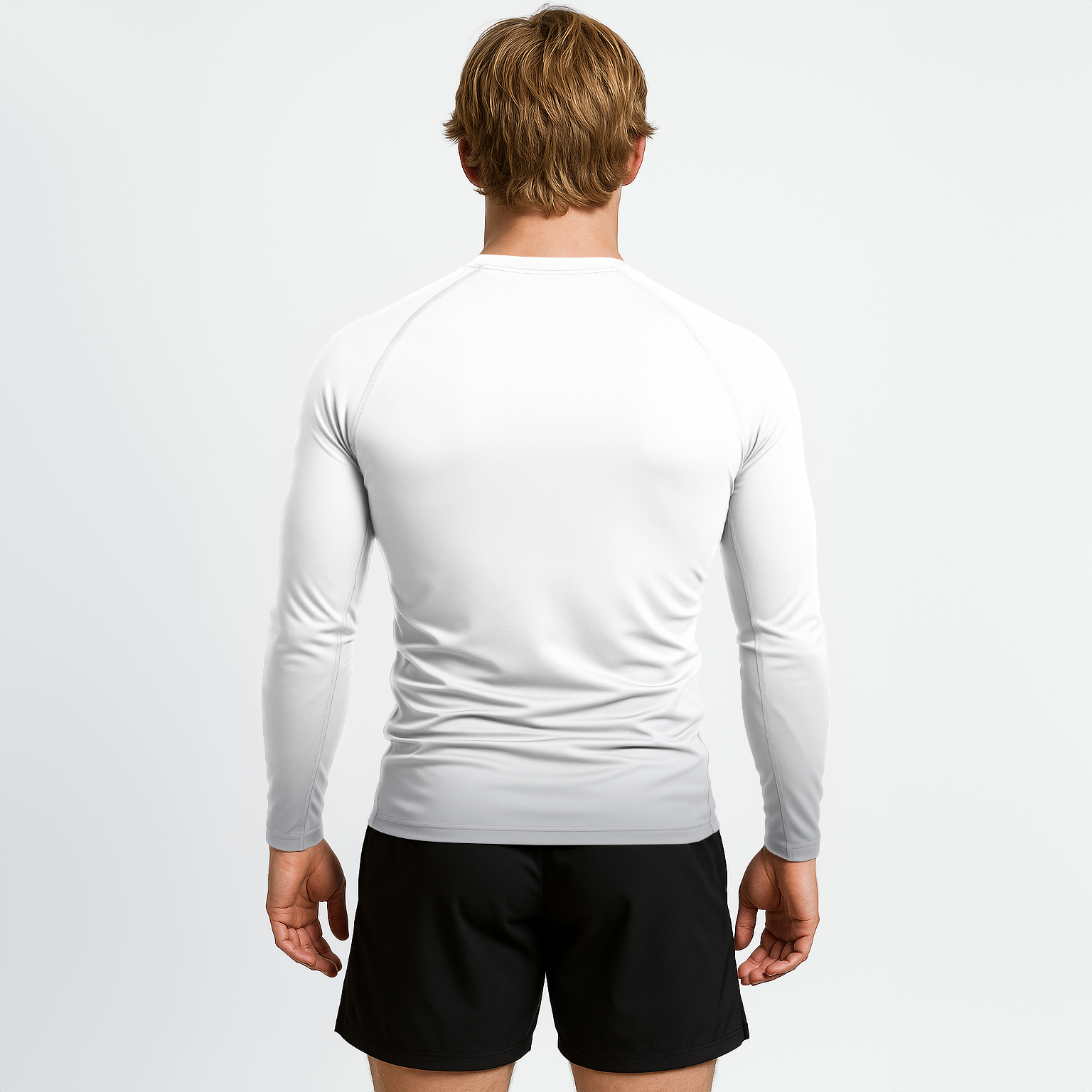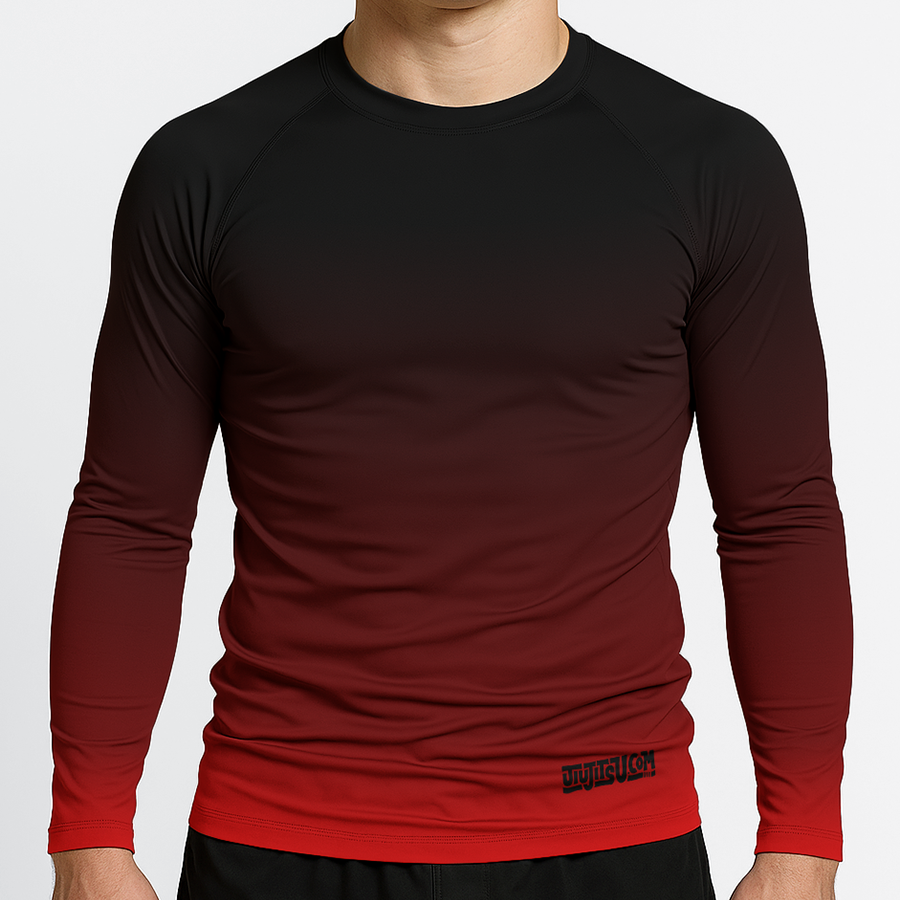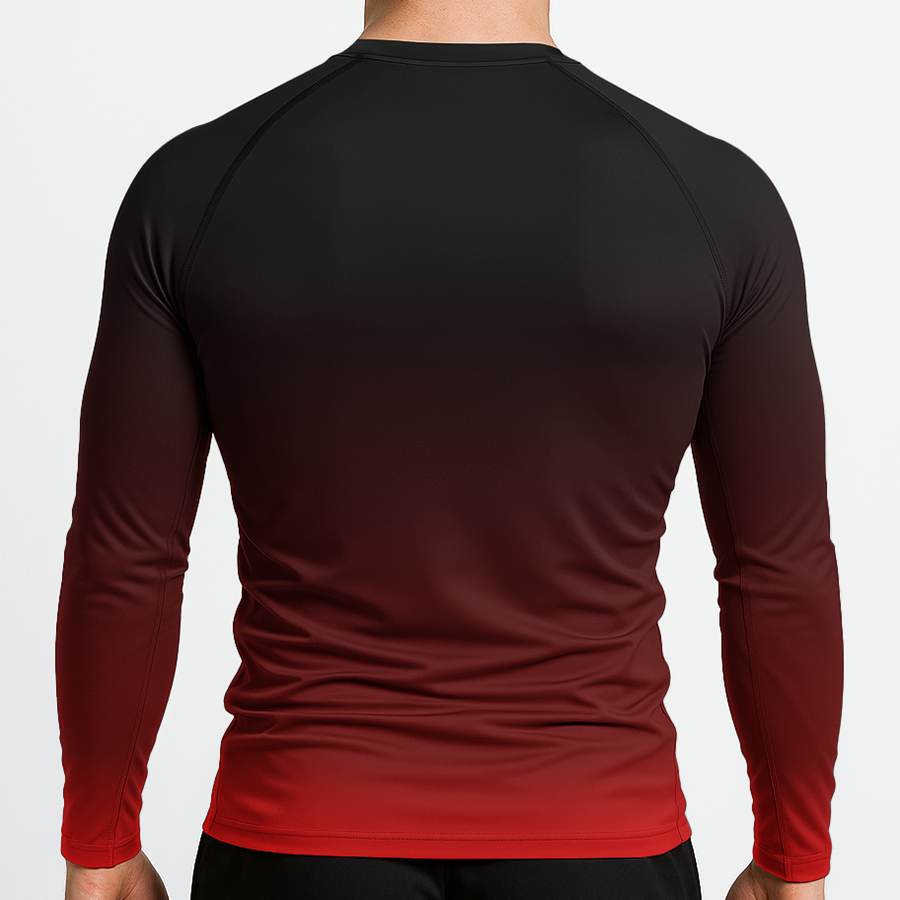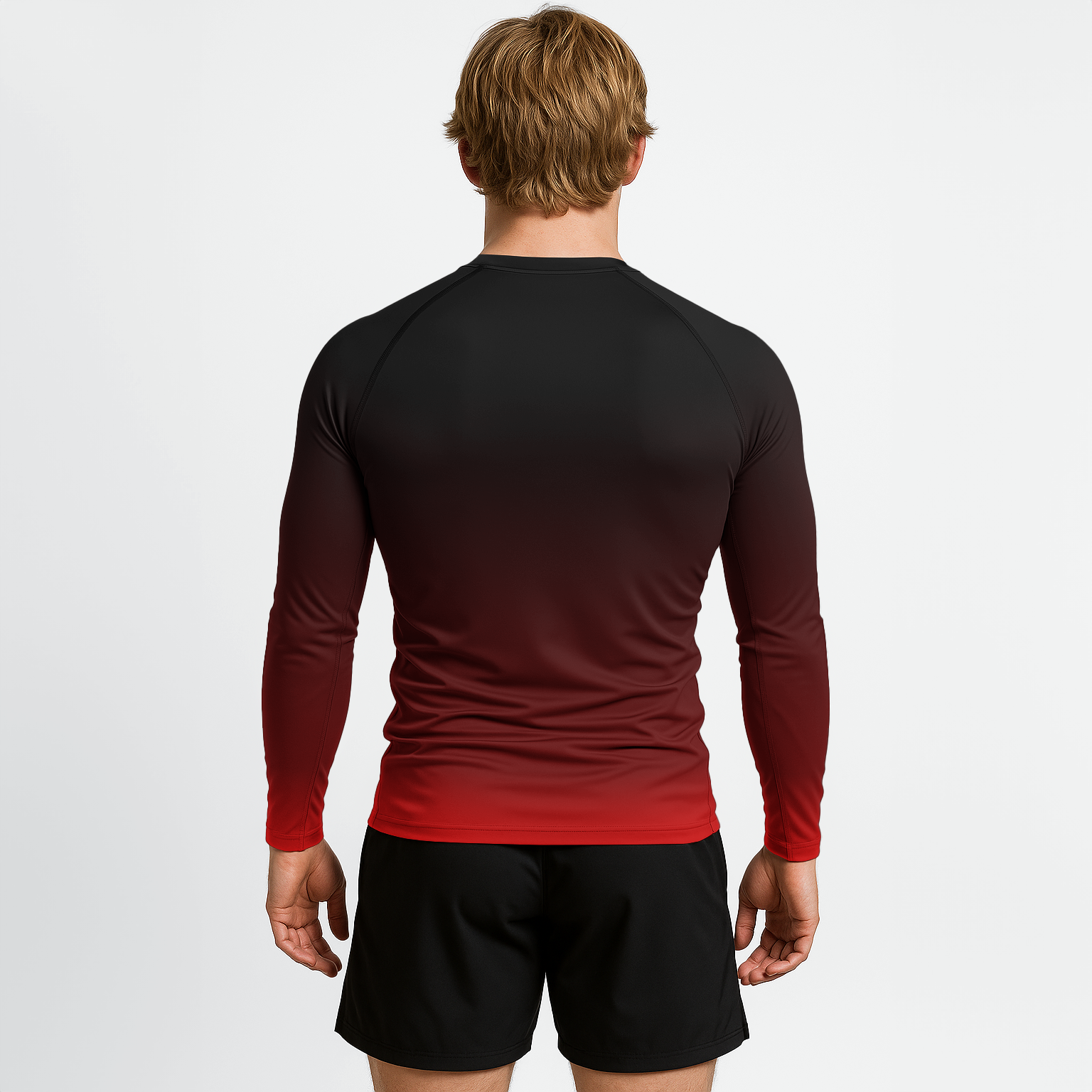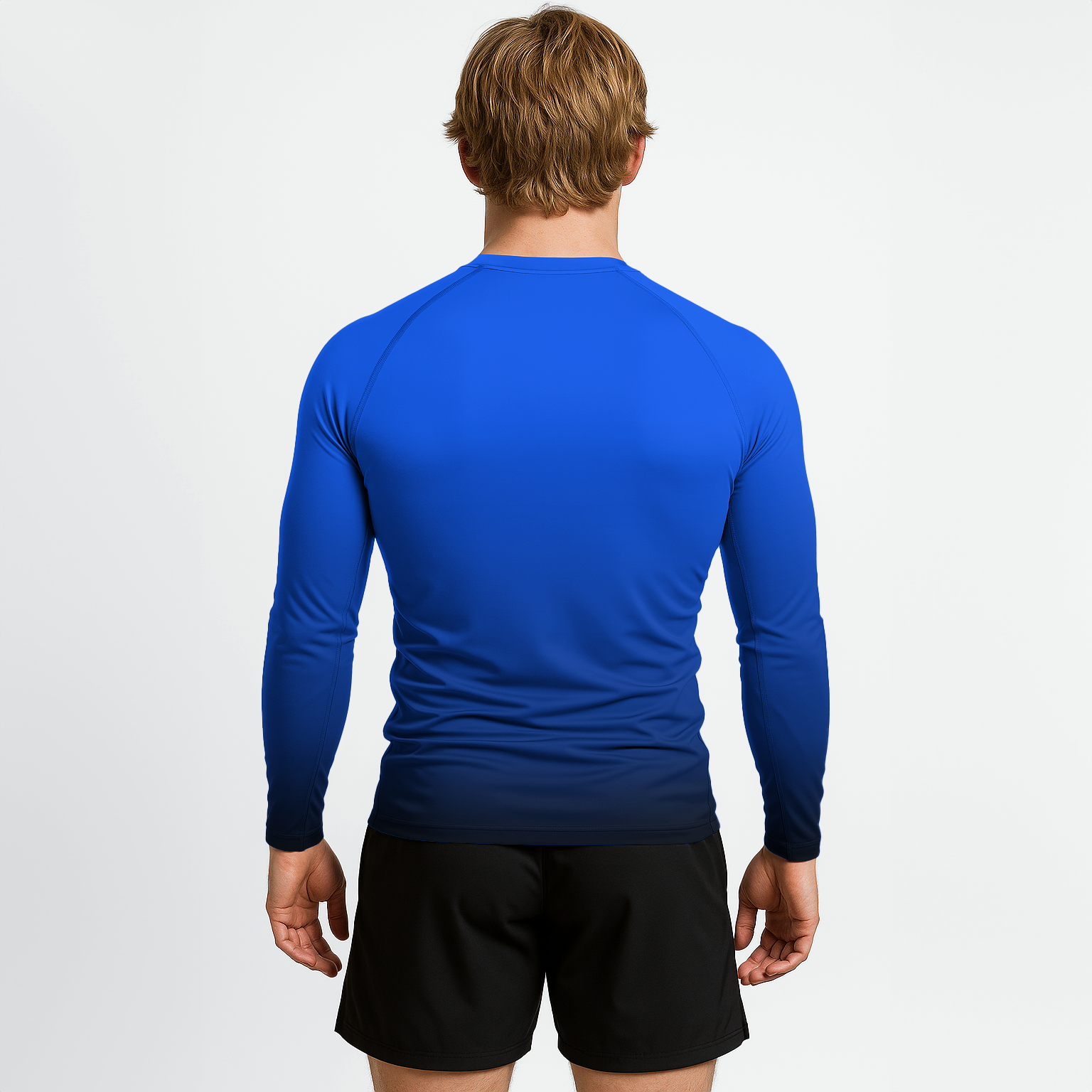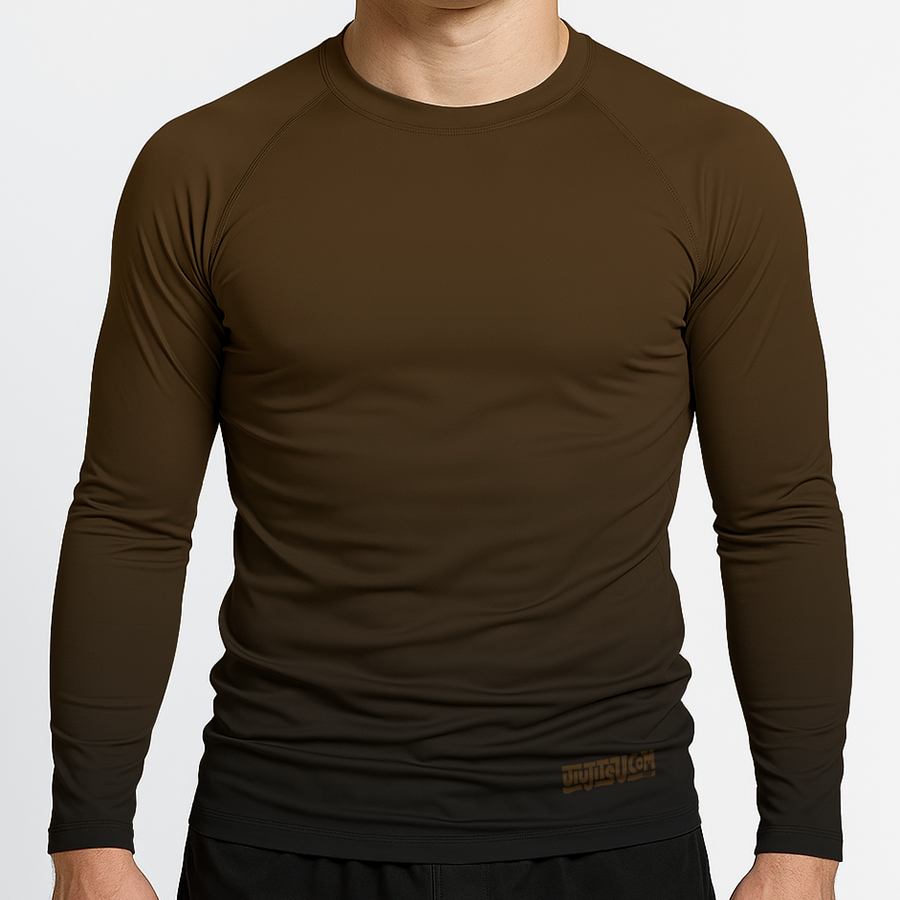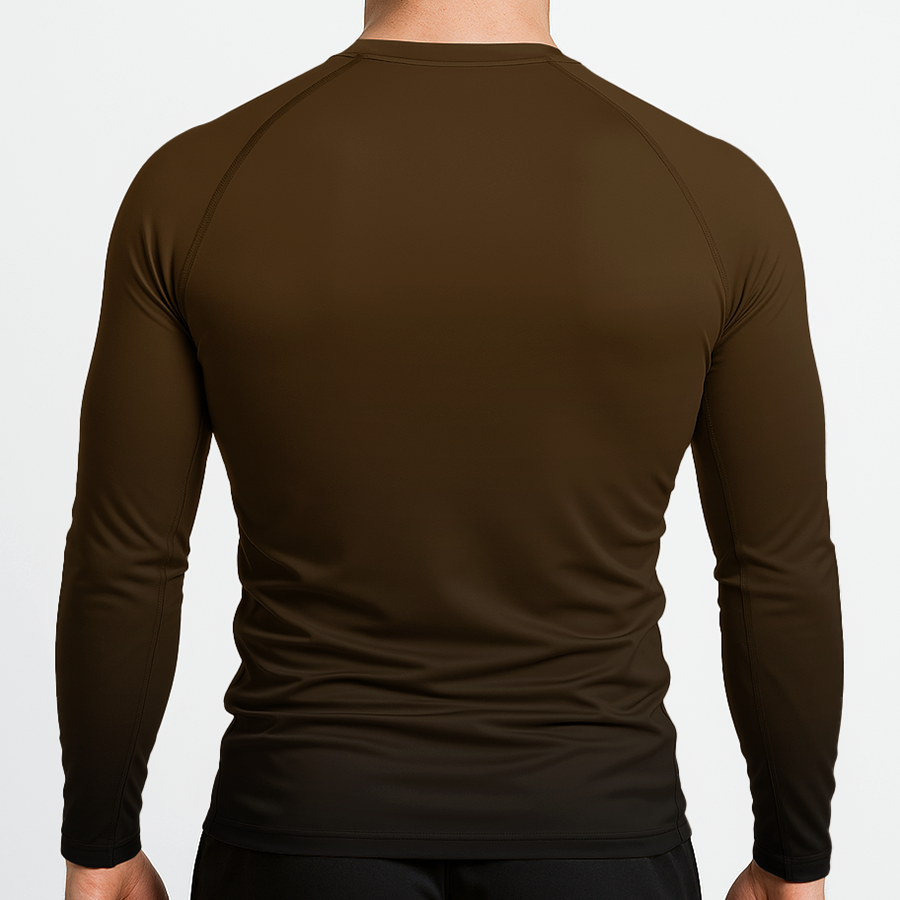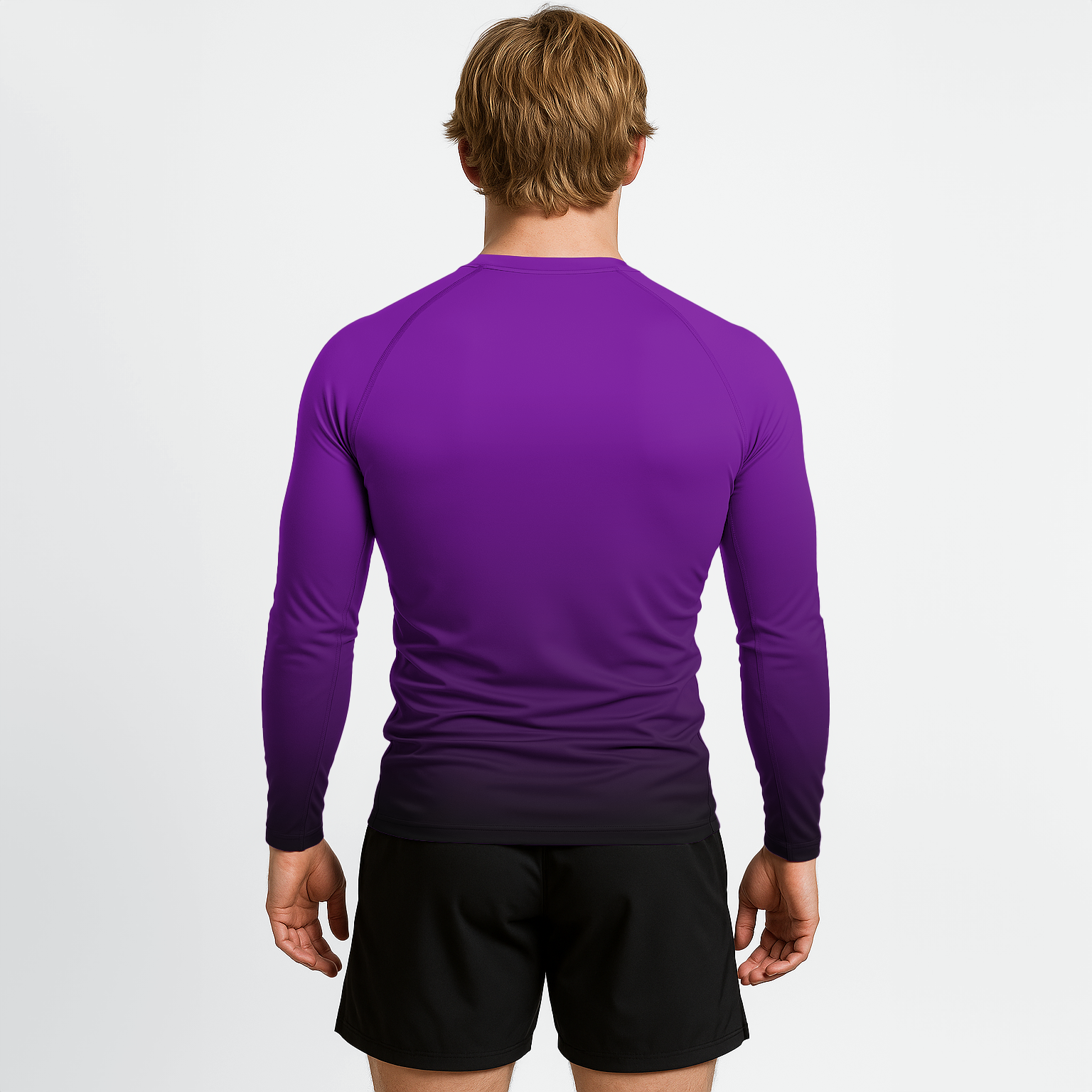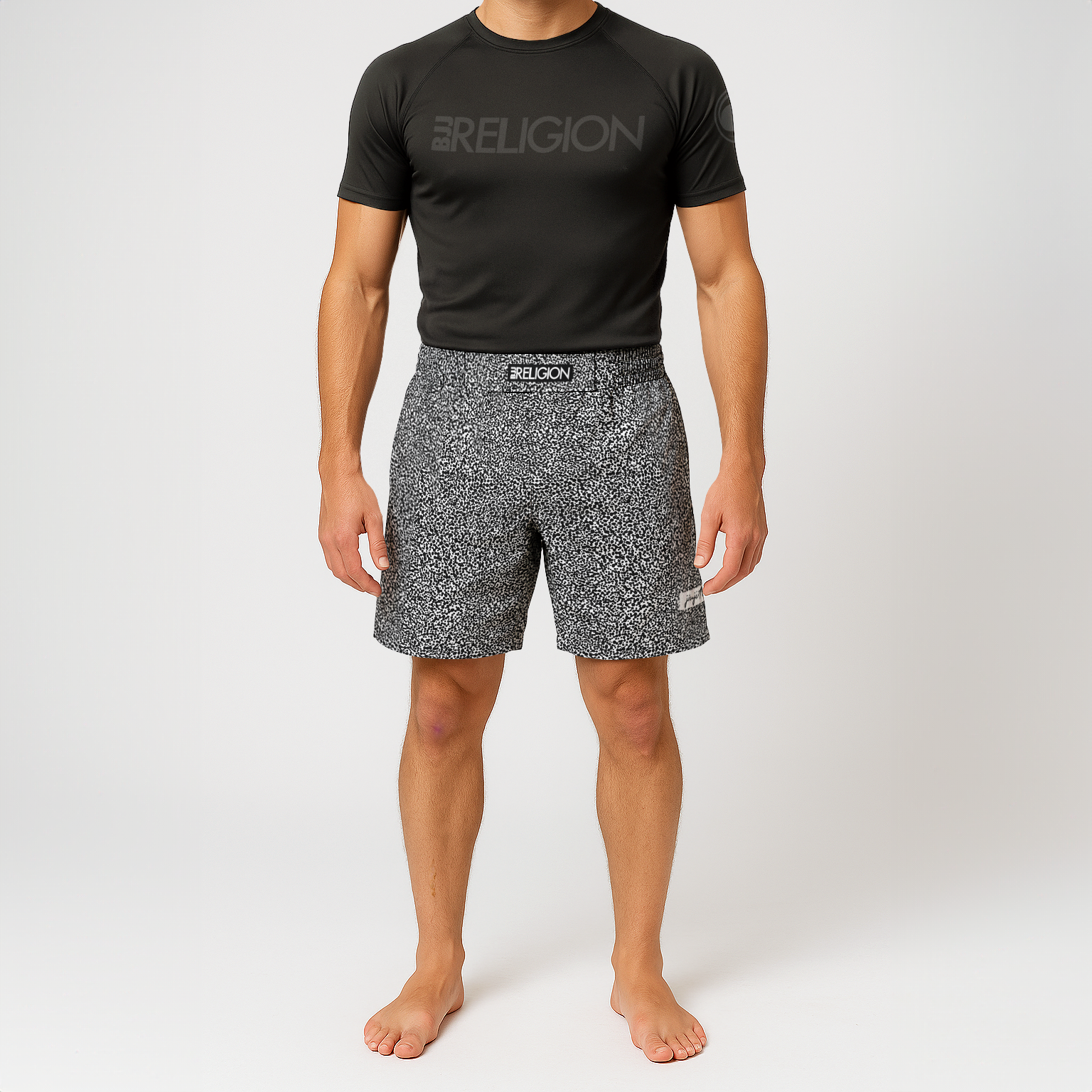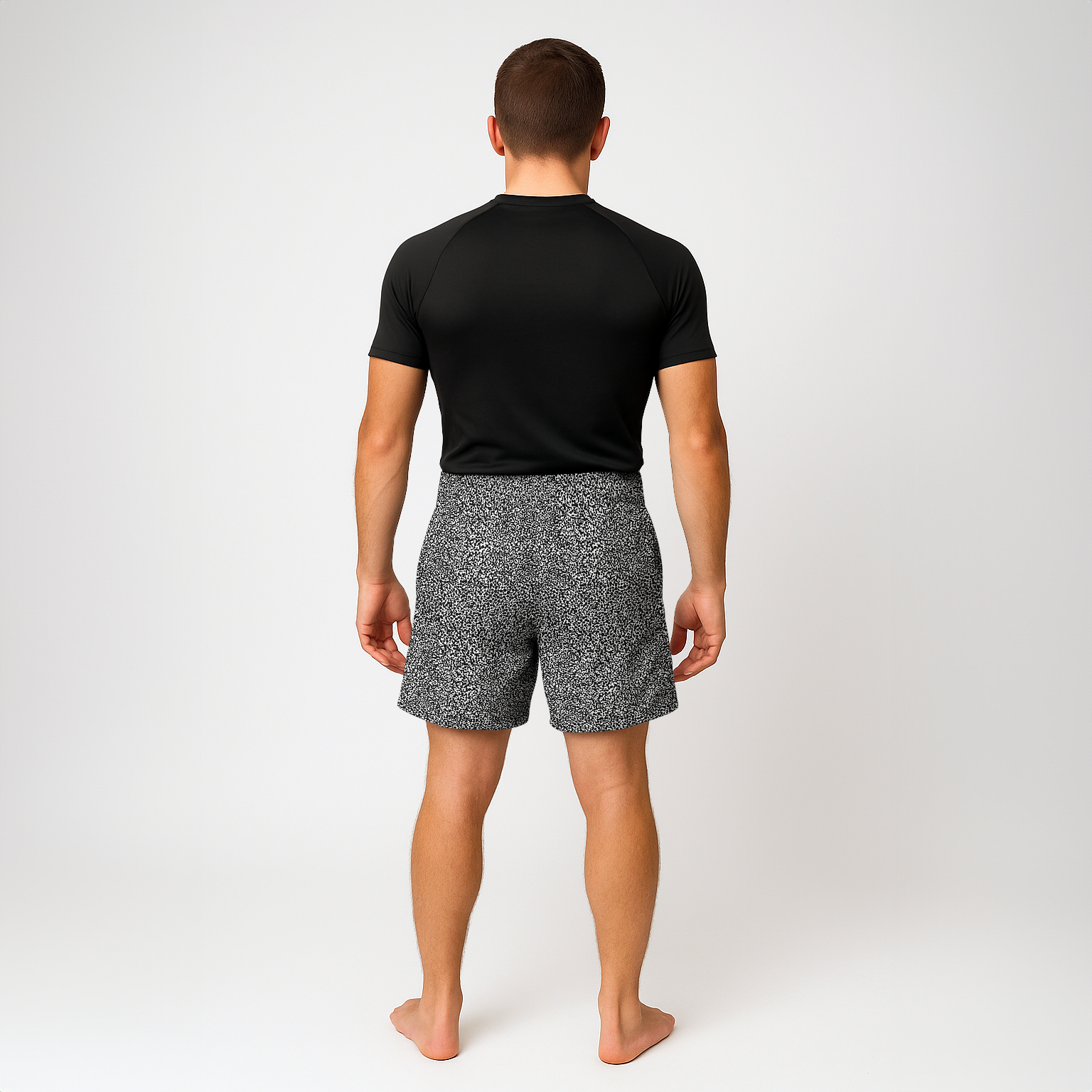8 Grappling Dummy BJJ Drills You Can Do At Home
If you’re anything like us, it’s almost impossible to get the amount of training you really want in a week. Whether it’s your busy schedule or perhaps your gym shut down for one reason or another, you cannot afford to miss too many days and still get better at BJJ.
Enter the grappling dummy…
A grappling dummy is a sturdy stuffed human-sized and shaped ‘fake person’ that allows you to perform various BJJ drills without the need for an additional live partner.
Even just a few 30 minute sessions per week can speed up your BJJ progress, especially if normal class attendance is not possible.
In this article, we break down 8 excellent BJJ drills you can practice on your grappling dummy at home, these drills are great for both gi and no gi training. You you can put one of your BJJ gis on your grappling dummy so you can utilize collar and sleeve grips when applicable.
We’ve broken them down into a few categories for your convenience.
At the end, we’ll cover how to put together your own home BJJ grappling dummy workout.
Without further ado, let’s dive in!
Stand Up Drills
Grappling dummies are great for practicing throws and takedowns especially when you cannot find a partner who wants to get slammed five hundred times.
You will need to stand your dummy upright to execute these drills
Stand Up Attack #1 – Shoulder throw
The shoulder throw is a great technique for practicing standup grappling on the dummy.
- Stand your dummy upright and position it with a right collar tie on your neck and your right hand collar-tying the dummy’s neck.
- Lock the dummy’s collar tie arm by reaching around to its right elbow pit and pulling in into your body.
- Cross step your right leg across the dummy’s body and pivot on your toes until your rotate around and can load the dummy on your shoulder.
- Bump the dummy over your shoulder for the throw, look away from the throw as you execute.
- Upon landing, scissor your legs to adopt a strong scarf hold/kesa gatame position.
Stand Up Attack #2 – Double leg takedown
Drilling the double leg takedown is a good way to get some extra wrestling repetitions in. You will have to stand your dummy up, drop level, and shoot before the dummy falls over.
However, this is a good way to practice being explosive with your shots and develop proper timing.
To perform the double leg takedown on your grappling dummy:
- Begin with the dummy standing in front of you. If possible, tie the dummy up using your preferred tie up. This will help keep the dummy standing as well.
- Quickly change levels, shoot into the dummy, and wrap up its waist and legs with a double leg takedown grip.
- Pivot 90 degrees on your down knee to cut the proper takedown angle.
- Drive into the dummy to complete the takedown.
Kimura Attack Drills

The Kimura is an excellent move to drill on the grappling dummy. You can drill both the hand and drip setup as well as many of the various transitions available once you lock in the tight figure-4 grip on the grappling dummy’s arm.
Kimura Drill #1 – Underhook counter with backstep
This classic drill starts with the dummy having an underhook while you are on top side control.
- Dummy begins with a left underhook from bottom side control.
- Step over the dummy’s head with you right foot and drop your knee to the ground.
- Backstep your left leg to fully transition to the other side of the dummy.
- Grab the dummy’s legs at the knee to reposition it with an underhook and repeat the drill.
Kimura drill #2 – Kimura submission
This drill is the basic Kimura finish from side control.
- Dummy begins with a left underhook from bottom side control.
- Drive your chest forward to flatten the dummy and grab the dummy’s left wrist with your right hand.
- Roll your body forward and go chest-to-chest with the dummy as you drive forward and lock up the Kimura.
- Switch your hips to face the dummy’s head.
- Step over the dummy’s head with your left foot and walk it towards the dummy’s shoulder.
- Move the dummy’s elbow towards its hips for the ‘finish’
Knee On Belly Drills

Knee on belly transitions are great drills that work well with the grappling dummy. The more muscle memory you develop on these transitions, the more dynamic and effective your top pressure will be.
Knee-on-belly transition #1 – Windshield switch
This is the basic knee on belly transition to switch to the opposite side knee on belly.
- Begin with your right shin across the grappling dummy’s torso in the knee on belly position.
- Slide your left knee up next to your right knee and windshield both legs across to switch to the opposite side.
- Step your right leg back and plant your right foot to establish the knee on belly position.
Knee-on-belly transition #2 – Helicopter switch
A savvy opponent expects the first transition and can likely trap your foot to begin recovering half guard.
To avoid this, you can drill the helicopter knee-on-belly switch for when your opponent shrimps into you.
To perform the helicopter drill:
- Begin in a knee-on-belly with your right shin across the dummy’s torso.
- Pull the dummy slightly into you to mimic the hip escape.
- Step your left leg wide and around the dummy’s head. As you do this, pivot your entire body around on the right knee and shin to be completely on the far side of the dummy.
- As your finish swinging around, place your left shin across the dummy’s torso and step back with your right foot to establish a knee-on-belly on the far side.
Side Control Transition Drills

The grappling dummy is a great way to get extra repetitions on your side control transitions.
The three major side control positions are standard side control, Judo side control/kesa gatame, and reverse or ‘twister’ side control where you face your opponent’s hips.
As you transition to the other side, the north south position is your checkpoint during the transition.
To practice a full side control flow with the dummy:
- Begin in standard side control with a left-arm cross face on the dummy.
- With the cross-face re-established, switch your base the opposite way to come to Judo side control.
- Switch back to standard side control by reversing the above steps.
- Bail on the cross face and reach your left arm across the dummy’s chest and drop your left elbow in the dummy’s left armpit.
- Backstep your right leg to switch your base and face the dummy’s legs for twister side control.
- Walk your legs backwards and circle into the north-south position.
- Continue walk clockwise until you end up in side control on the opposite side of the dummy.
- Continue the flow as desired on the other side.
Back Take Drills

Drilling the back take off a solid side control is another excellent path you can do with the dummy.
To drill the back take off of side control:
- Begin in standard side control with a left-arm cross-face.
- Use your chest to shimmy the dummy’s right arm across its chest.
- Reach your left arm under the dummy’s head and grab its’ right wrist with your left hand for the ‘gift wrap.’
- With the gift wrap in place, slide your right hand under the dummy’s right arm and establish a Kimura grip.
- Pick your right foot up and slide it over the dummy to establish the modified mount.
- Using your Kimura grip, pull the dummy up and onto you, then complete the back take by establishing seat belt control.
- Complete the flow with a rear naked choke. Alternatively, use the Kimura grip to switch to an armbar finish.
Grappling Dummy Training Routine
To get a good grappling dummy solo training session, begin by doing a standard hip escape, forward/backward roll, and other BJJ warmups for a few minutes.
Then, pick three different drills and set your timer for 2 minutes.
Perform each drill for 2 minutes, then move to the next drill for 2 minutes, then the final drill for total of six minutes of work time.
Rest for 1-2 minutes and repeat for at least three rounds.
You can modify, add, or remove drills as needed to adjust the difficulty of your training.
You can also increase or decrease the speed of drilling to adjust your intensity – you should always aim for good technique and movement efficiency before adding speed.
You Can Improve Your BJJ With Grappling Dummy Drilling
Although training with real partners is needed for BJJ, there is no doubt that working an extra solo session or two each week with the grappling dummy goes a long way towards improving your BJJ over time – especially if you cannot make it to normal class during those times.
Truthfully, the only real limitation on grappling dummy training is your own imagination.
Ready to start training with your grappling dummy?
Check out our high-quality Fuji grappling dummy here!






















